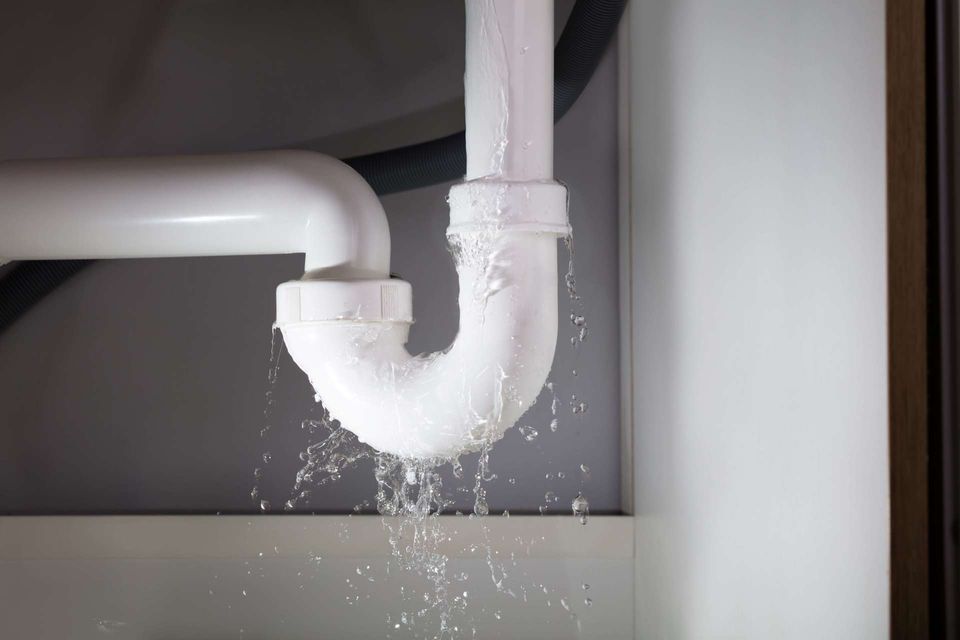Expose Concealed Water Line Leaks: 6 Proven Detection Techniques
Expose Concealed Water Line Leaks: 6 Proven Detection Techniques
Blog Article
Here in the next paragraph you can discover a lot of extremely good resources involving Top leak detection hacks.

Early discovery of dripping water lines can reduce a potential calamity. Some little water leakages might not be visible.
1. Analyze the Water Meter
Every house has a water meter. Checking it is a guaranteed way that aids you uncover leakages. For beginners, switch off all the water resources. Make sure nobody will certainly flush, utilize the tap, shower, run the washing maker or dishwashing machine. From there, go to the meter and also watch if it will change. Given that nobody is using it, there should be no movements. That indicates a fast-moving leakage if it moves. Likewise, if you identify no changes, wait an hour or two as well as check back again. This implies you might have a sluggish leak that might also be underground.
2. Examine Water Intake
If you detect abrupt modifications, despite your consumption being the exact same, it means that you have leakages in your plumbing system. An unexpected spike in your costs shows a fast-moving leakage.
A consistent increase every month, also with the very same behaviors, shows you have a sluggish leak that's also slowly rising. Call a plumber to thoroughly inspect your residential or commercial property, particularly if you feel a cozy location on your flooring with piping underneath.
3. Do a Food Coloring Examination
When it comes to water usage, 30% comes from bathrooms. If the color in some way infiltrates your dish during that time without flushing, there's a leak between the tank and also dish.
4. Asses Exterior Lines
Do not neglect to examine your outside water lines as well. Test spigots by affixing a garden tube. Needs to water leak out of the link, you have a loose rubber gasket. Change this as well as make certain all connections are tight. If you have actually got a lawn sprinkler, it will help get it properly took a look at as well as kept each year. One small leakage can throw away tons of water as well as spike your water bill.
5. Analyze the scenario and also inspect
Property owners ought to make it a behavior to examine under the sink counters and also inside cabinets for any type of bad odor or mold and mildew growth. These 2 red flags suggest a leak so punctual interest is required. Doing regular evaluations, even bi-annually, can conserve you from a major trouble.
Inspect for discolorations and also compromising as a lot of pipes and also home appliances have a life expectancy. If you presume dripping water lines in your plumbing system, don't wait for it to escalate.
Early detection of leaking water lines can alleviate a possible calamity. Some small water leaks might not be noticeable. Examining it is a proven means that aids you uncover leaks. One small leakage can squander lots of water as well as increase your water bill.
If you believe leaking water lines in your plumbing system, do not wait for it to intensify.
WARNING SIGNS OF WATER LEAKAGE BEHIND THE WALL
PERSISTENT MUSTY ODORS
As water slowly drips from a leaky pipe inside the wall, flooring and sheetrock stay damp and develop an odor similar to wet cardboard. It generates a musty smell that can help you find hidden leaks.
MOLD IN UNUSUAL AREAS
Mold usually grows in wet areas like kitchens, baths and laundry rooms. If you spot the stuff on walls or baseboards in other rooms of the house, it’s a good indicator of undetected water leaks.
STAINS THAT GROW
When mold thrives around a leaky pipe, it sometimes takes hold on the inside surface of the affected wall. A growing stain on otherwise clean sheetrock is often your sign of a hidden plumbing problem.
PEELING OR BUBBLING WALLPAPER / PAINT
This clue is easy to miss in rooms that don’t get much use. When you see wallpaper separating along seams or paint bubbling or flaking off the wall, blame sheetrock that stays wet because of an undetected leak.
BUCKLED CEILINGS AND STAINED FLOORS
If ceilings or floors in bathrooms, kitchens or laundry areas develop structural problems, don’t rule out constant damp inside the walls. Wet sheetrock can affect adjacent framing, flooring and ceilings.
https://www.servicemasterbyzaba.com/blog/how-to-detect-water-leakage-in-walls/

I was shown that article on Top leak detection hacks through a good friend on our other blog. Those who liked our post kindly don't forget to pass it around. I thank you for reading our article about Top leak detection hacks.
Save your home, call now! Report this page